Table of Contents
Introduction to Spice Chili
Spice chili is more than just a fiery ingredient—it's a cornerstone of global cuisine, adding heat, depth, and flavor to dishes around the world. Whether you're a seasoned chef or a home cook with a passion for bold flavors, understanding spice chili can elevate your cooking game significantly. But how do you choose the right type? What are the best ways to use it? And what makes some chilies hotter than others? Let's dive in.

Types of Spice Chili
There are hundreds of chili varieties, each with unique heat levels, flavors, and uses. Here are some of the most popular ones:
| Chili Type | Heat Level (Scoville) | Flavor Profile | Common Use |
|---|---|---|---|
| Jalapeño | 2,500–8,000 | Mild, grassy, slightly sweet | Guacamole, salsa, stuffed peppers |
| Serrano | 10,000–23,000 | Peppery, fresh, tangy | Salsa, guacamole, hot sauces |
| Habanero | 100,000–350,000 | Tropical, citrusy, smoky | Hot sauces, salsas, marinades |
| Ghost Pepper | 850,000–1,040,000 | Intense, fruity, smoky | Super-spicy dishes, challenge foods |
| Poblano | 1,000–1,500 | Mild, earthy, slightly sweet | Chiles rellenos, stews, enchiladas |
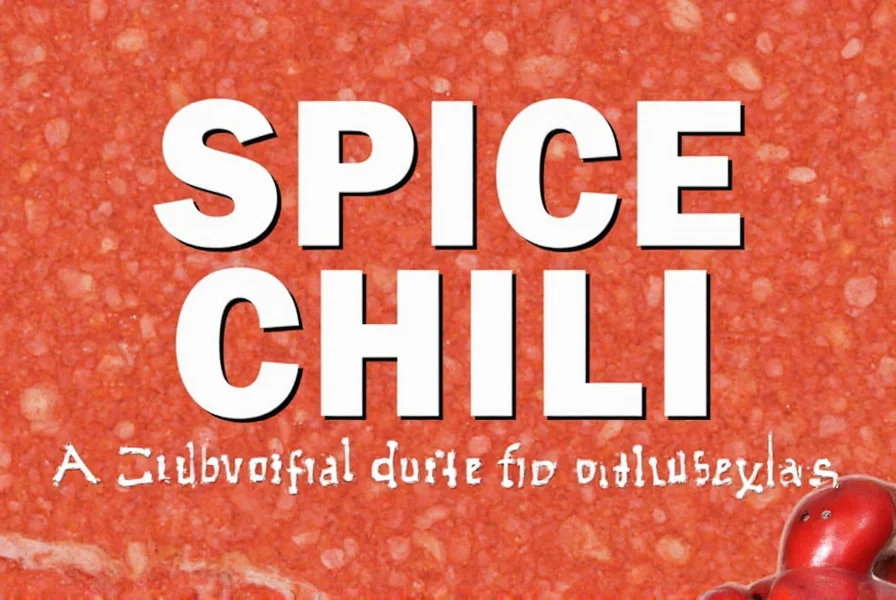
Practical Tips for Using Spice Chili
Whether you're new to chili or an expert, here are some essential tips to help you make the most of this fiery ingredient:
- Start Small: If you're unsure about the heat level, begin with a small amount and gradually increase as desired.
- Use Gloves: Always wear gloves when handling fresh chilies to avoid burning your skin or eyes.
- Remove Seeds and Membranes: The seeds and white membranes inside chilies contain most of the capsaicin, so removing them can reduce heat.
- Pair with Dairy: Milk, yogurt, or cheese can help neutralize the burn from spicy food.
- Balance with Sweetness: Adding sugar, honey, or fruit can balance out the heat and create a more complex flavor profile.
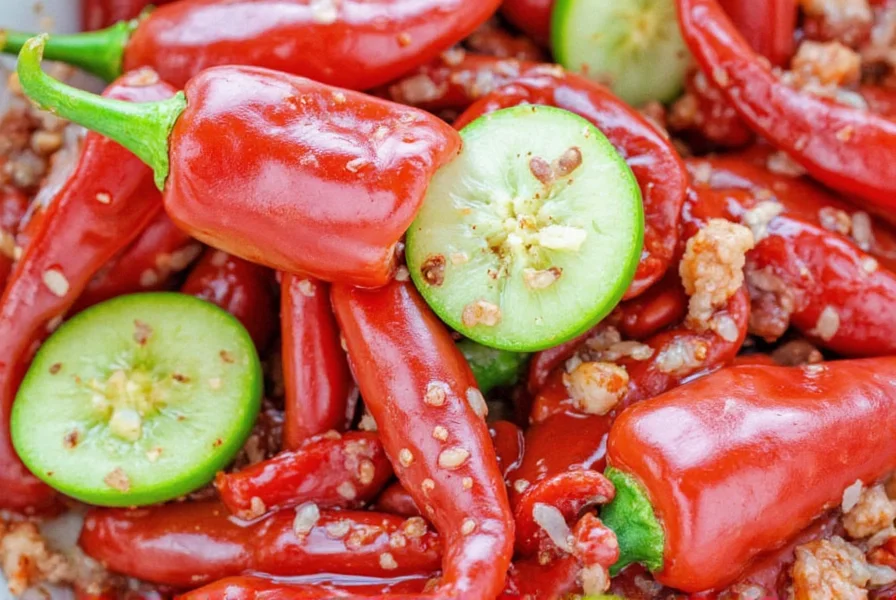
Cooking Uses and Pairings
Spice chili is incredibly versatile. It can be used in everything from salsas and sauces to soups, stews, and even desserts. Here are some popular pairings and recipes to try:
- Spicy Salsa: Mix chopped jalapeños, tomatoes, onions, cilantro, and lime juice for a classic base. Add a dash of chili powder for extra kick.
- Chili Con Carne: Use dried chili pods or ground chili powder to add depth and heat to this hearty dish.
- Spicy Noodles: Toss cooked noodles with a spicy chili oil or sauce made from chili flakes, garlic, and soy sauce.
- Chili Cheese Fries: Top fries with melted cheese, spicy chili, and a sprinkle of sour cream for a fun, indulgent snack.
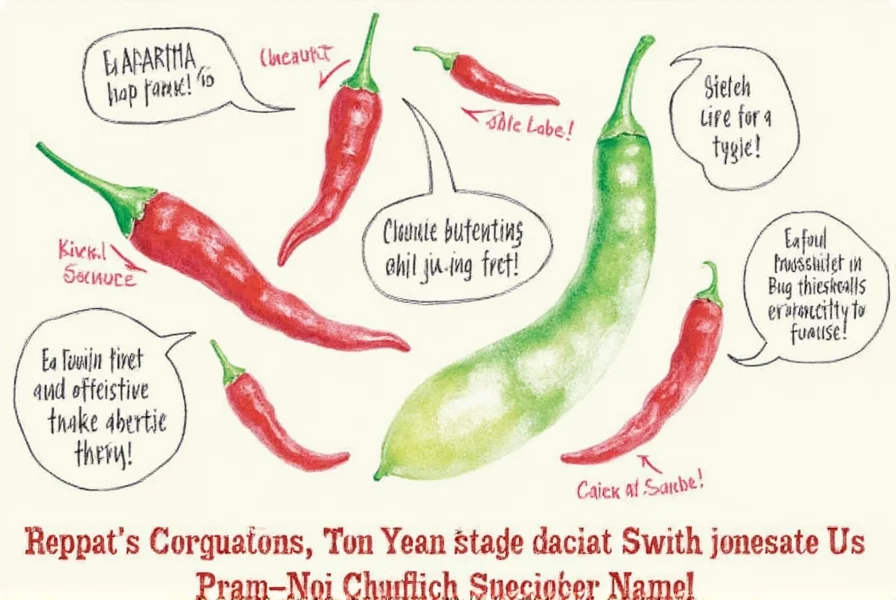
Buying Guide for Spice Chili
When it comes to purchasing spice chili, there are several options available depending on your needs and preferences. Here's a breakdown of the different types and their pros and cons:
1. Fresh Chilies
Pros: Fresher flavor, better texture, easy to customize heat level.
Cons: Shorter shelf life, requires preparation (washing, cutting).
Best For: Home cooks who enjoy experimenting with heat levels and want full control over their dishes.
Use Cases: Making homemade salsas, roasting for flavor, or using in stir-fries.
Target Audience: Cooking enthusiasts, those who love hands-on culinary experiences.
Suitable Occasions: Weekends, family gatherings, or special meal prep days.
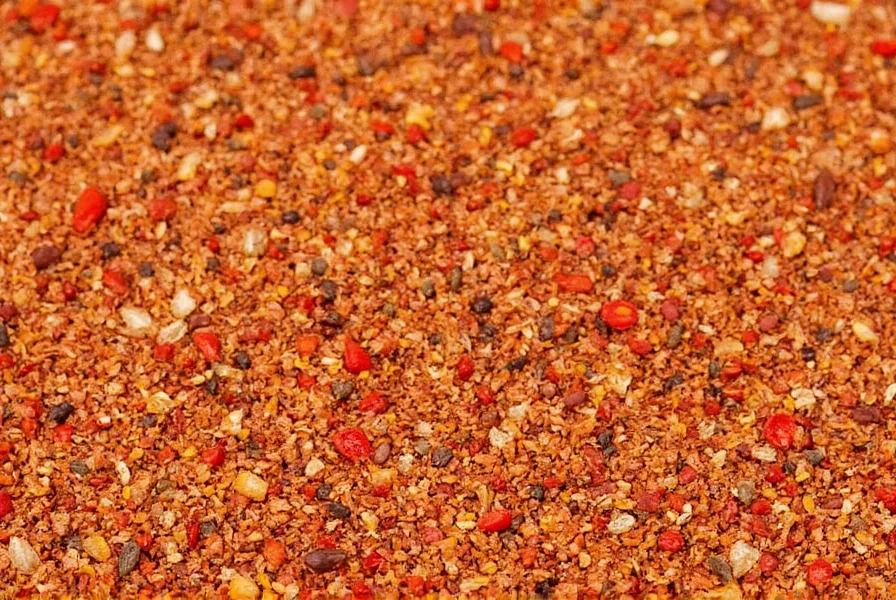
2. Dried Chilies
Pros: Long shelf life, intense flavor, great for making powders or sauces.
Cons: Require soaking or grinding before use.
Best For: Those who prefer convenience but still want authentic flavor.
Use Cases: Making chili powder, brewing chili oil, or adding to stews and soups.
Target Audience: Busy professionals, chefs, or those who like to stock up on pantry staples.
Suitable Occasions: Everyday meals, batch cooking, or holiday feasts.
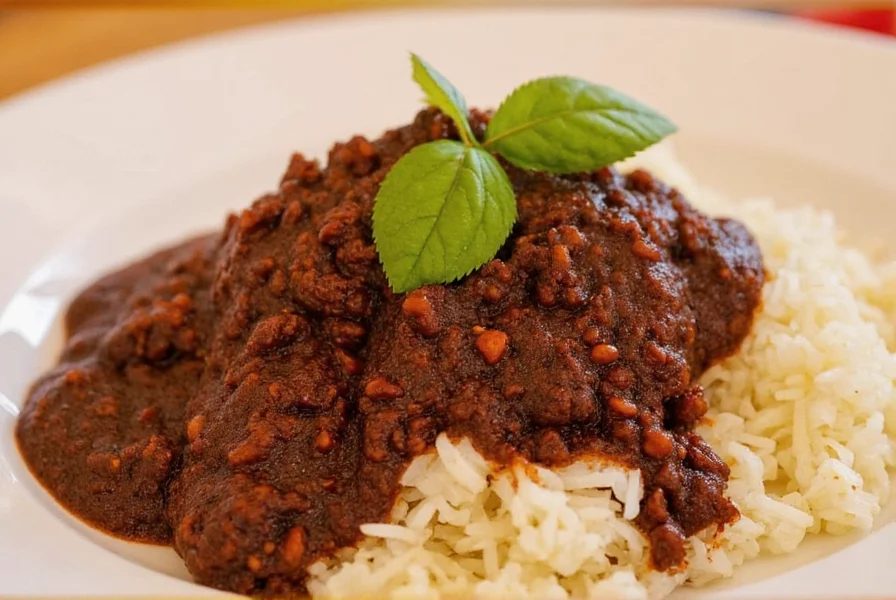
3. Ground Chili Powder
Pros: Easy to use, consistent heat, no preparation needed.
Cons: May lack the depth of fresh or dried chilies.
Best For: Quick cooking or recipes that call for a standard chili base.
Use Cases: Seasoning meats, making rubs, or adding to sauces and dressings.
Target Audience: Home cooks who want convenience without sacrificing flavor.
Suitable Occasions: Weeknight dinners, snacks, or casual meals.
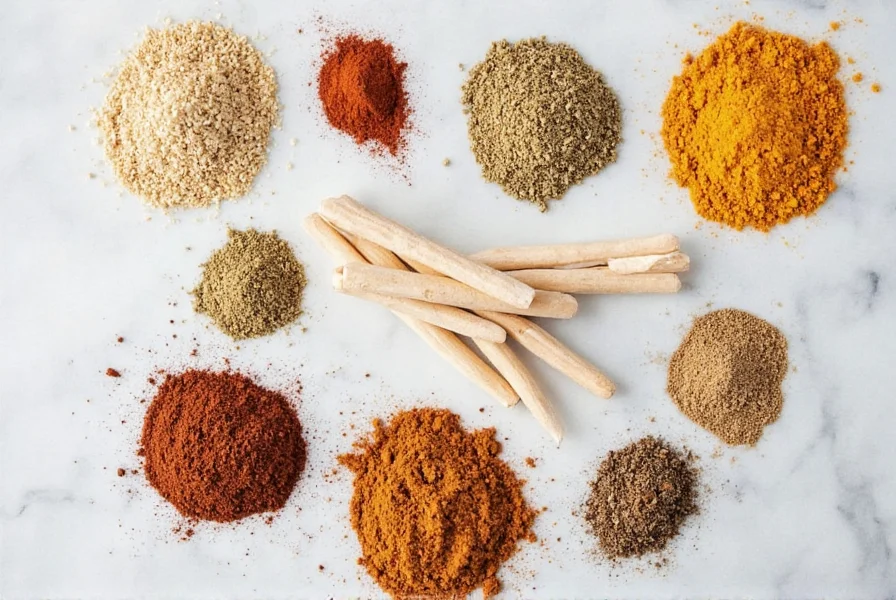
4. Hot Sauce
Pros: Ready to use, customizable, adds instant heat.
Cons: Can be high in sodium, may not be ideal for all dishes.
Best For: Those who enjoy adding heat at the table or in specific recipes.
Use Cases: Topping tacos, drizzling over eggs, or mixing into dips and spreads.
Target Audience: Spicy food lovers, those who like to personalize their meals.
Suitable Occasions: Casual dining, parties, or personal spice preferences.
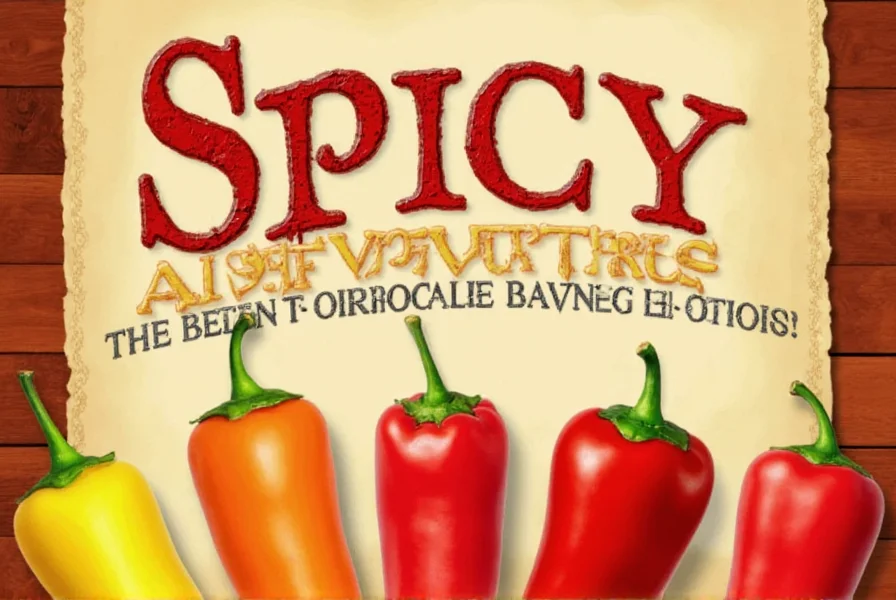
Conclusion
Spice chili is more than just a source of heat—it's a flavor powerhouse that can transform any dish. From mild jalapeños to super-hot ghost peppers, there's a chili for every palate and purpose. Whether you're cooking for yourself, your family, or your friends, mastering the art of spice chili can open up a whole new world of taste and creativity. So go ahead, experiment, and let your taste buds explore the fiery side of cooking.

Frequently Asked Questions about Spice Chili
What is the difference between spice chili and regular chili peppers?
"Spice chili" typically refers to chili peppers used specifically for their heat and flavor in cooking. All chili peppers contain capsaicin (which creates the heat), but the term "spice chili" emphasizes their role as a seasoning ingredient rather than just a vegetable. Some chilies are milder and used more for flavor (like bell peppers), while others are specifically cultivated for their intense heat (like ghost peppers).
How can I reduce the heat of a dish that's too spicy?
There are several effective ways to reduce spiciness in a dish: add dairy products like yogurt or sour cream (casein binds to capsaicin), incorporate sweetness with honey or sugar, increase the volume of non-spicy ingredients, add acid like lime juice, or serve with starchy foods like rice or bread that absorb some of the heat. Remember that adding water won't help as capsaicin is oil-soluble, not water-soluble.
Which spice chili is best for beginners?
For beginners, milder chilies like poblano (1,000-1,500 Scoville units) or jalapeño (2,500-8,000 Scoville units) are excellent starting points. These provide noticeable heat without being overwhelming, and they're versatile in many dishes. Starting with these allows you to gradually build your tolerance and understanding of how different chilies affect flavor profiles before moving to hotter varieties.
How do I store spice chili to keep it fresh?
Fresh chilies can be stored in the refrigerator's crisper drawer for 1-2 weeks. For longer storage, freeze them whole or chopped for up to 6 months. Dried chilies should be kept in airtight containers away from light and heat for up to a year. Chili powder maintains best quality for 6 months in an airtight container, though it remains safe indefinitely (just loses potency over time).
What's the Scoville scale and how does it relate to spice chili?
The Scoville scale measures the heat level of chili peppers in Scoville Heat Units (SHU), which represents the concentration of capsaicin. It ranges from 0 (bell peppers) to over 2 million SHU for the hottest varieties. Understanding the Scoville scale helps you select the right chili for your desired heat level - mild chilies are under 5,000 SHU, medium range from 5,000-30,000 SHU, and hot chilies exceed 30,000 SHU.
Can I use spice chili in sweet dishes?
Absolutely! The combination of sweet and spicy is popular in many cuisines. Chilies like habanero (with its tropical, citrusy notes) pair beautifully with mango, pineapple, or chocolate. Try adding a small amount of finely minced jalapeño to chocolate desserts, or use chili-infused sugar in fruit salads. The key is balance - start with very small amounts and adjust to taste.
How do I handle spice chili safely without burning my skin?
Always wear disposable gloves when handling hot chilies, especially super-hots like ghost peppers. Avoid touching your face, especially eyes. If you get chili on your skin, wash with soap and cold water (hot water opens pores and can increase burning). For persistent burns, use milk, yogurt, or a solution of baking soda and water. Never use alcohol-based hand sanitizers as they can spread the capsaicin oil.

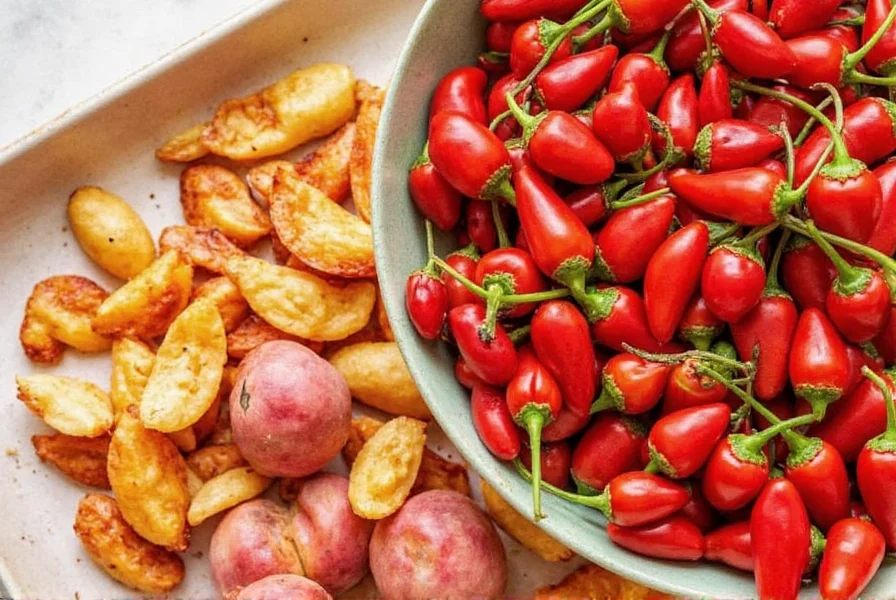









 浙公网安备
33010002000092号
浙公网安备
33010002000092号 浙B2-20120091-4
浙B2-20120091-4